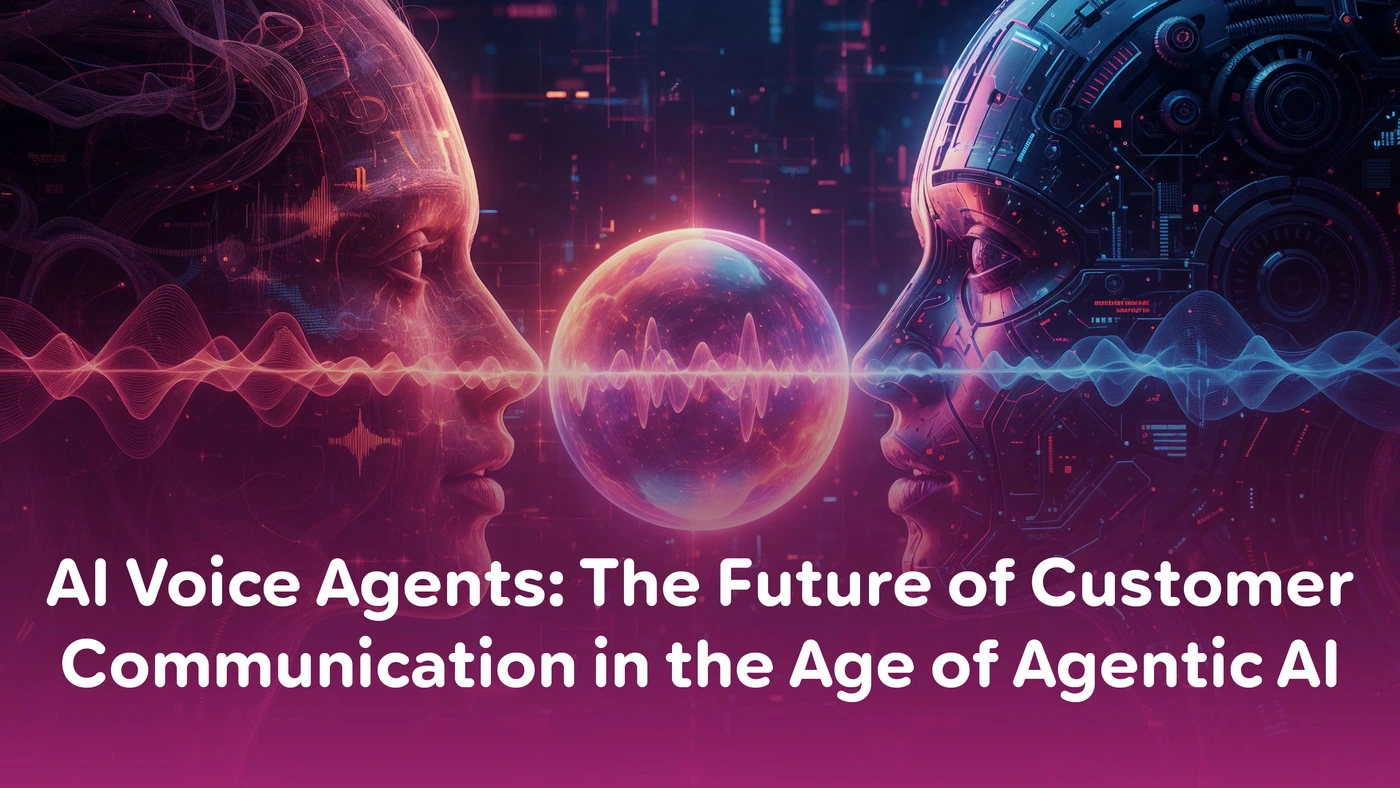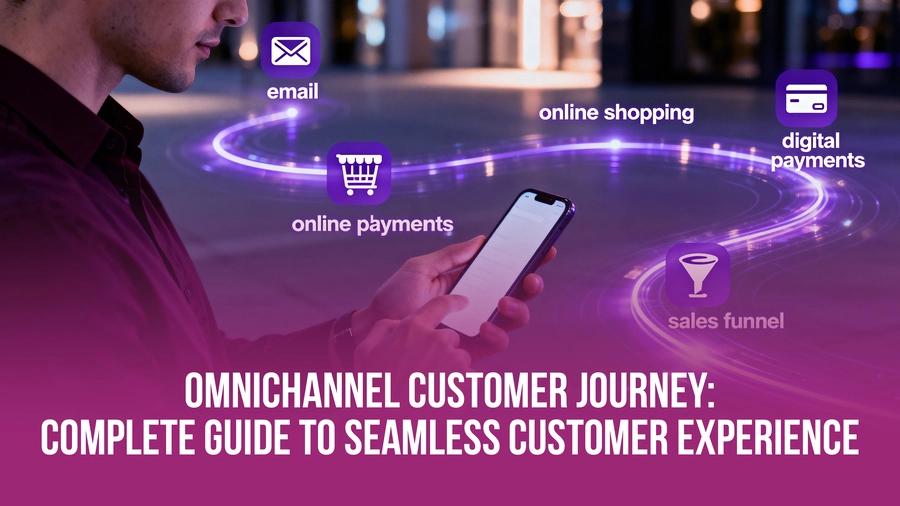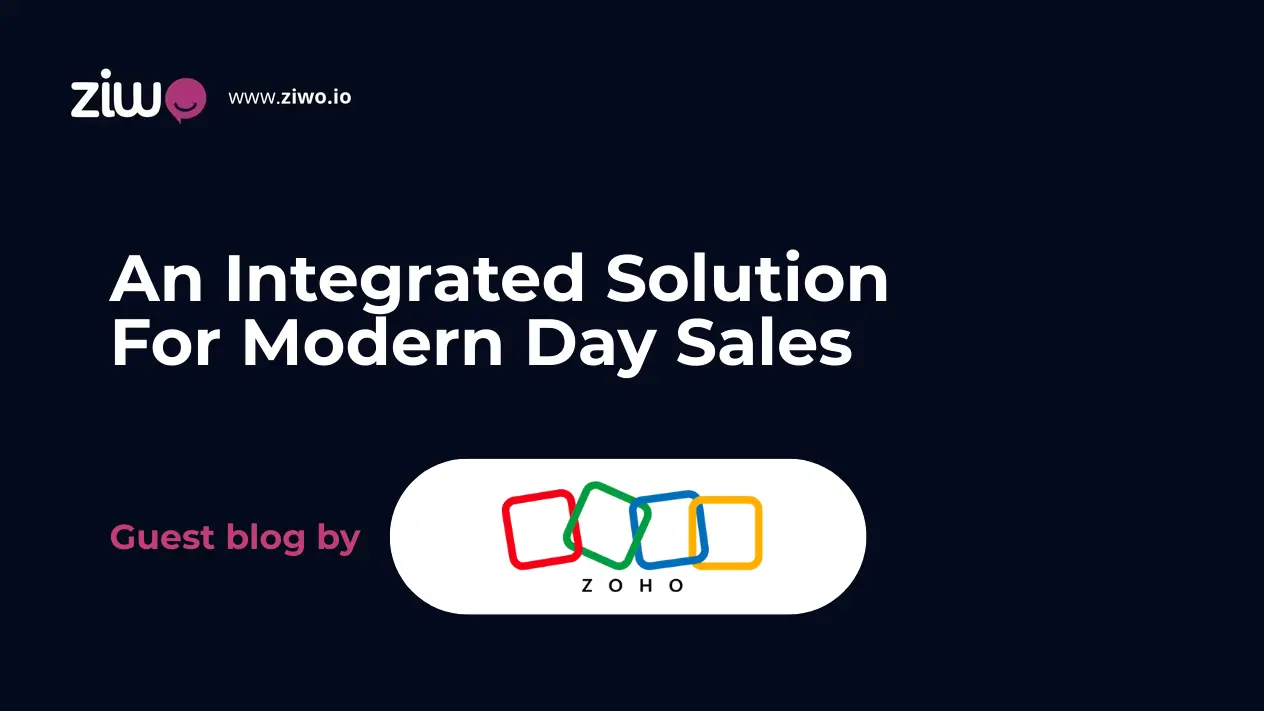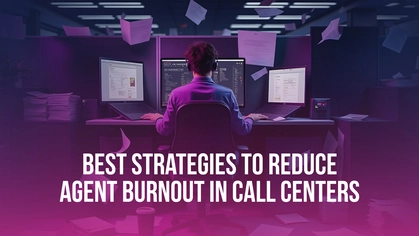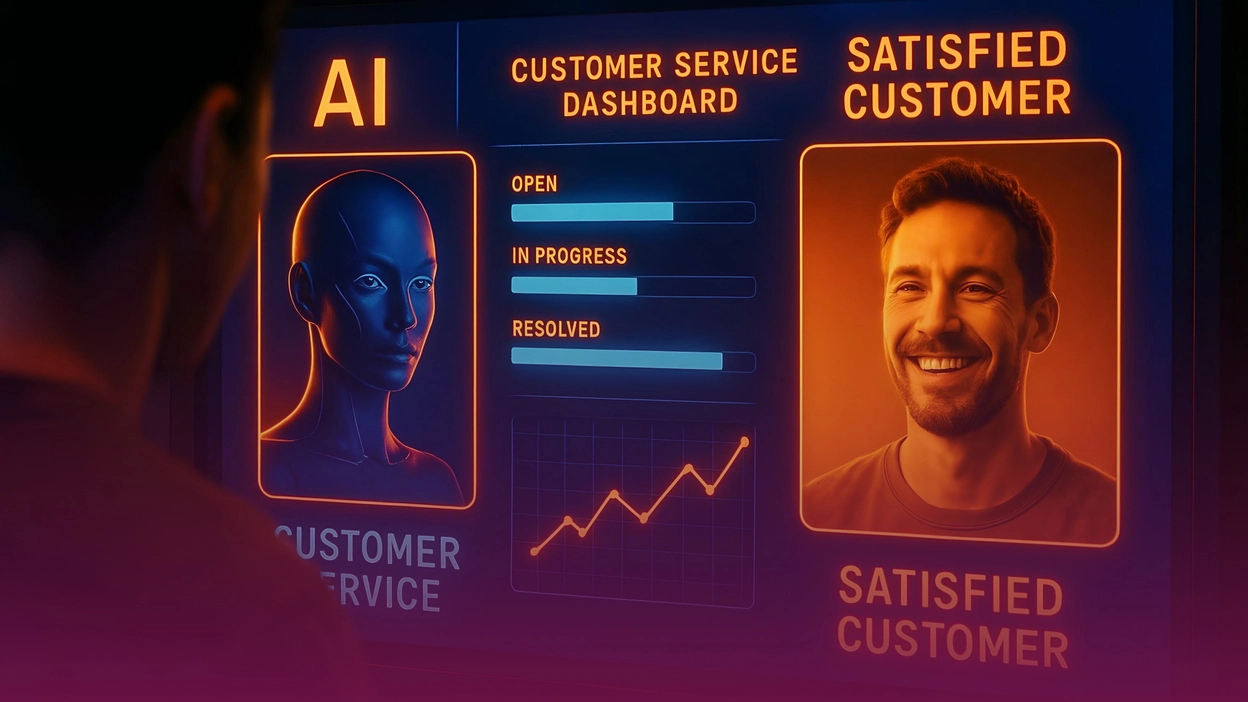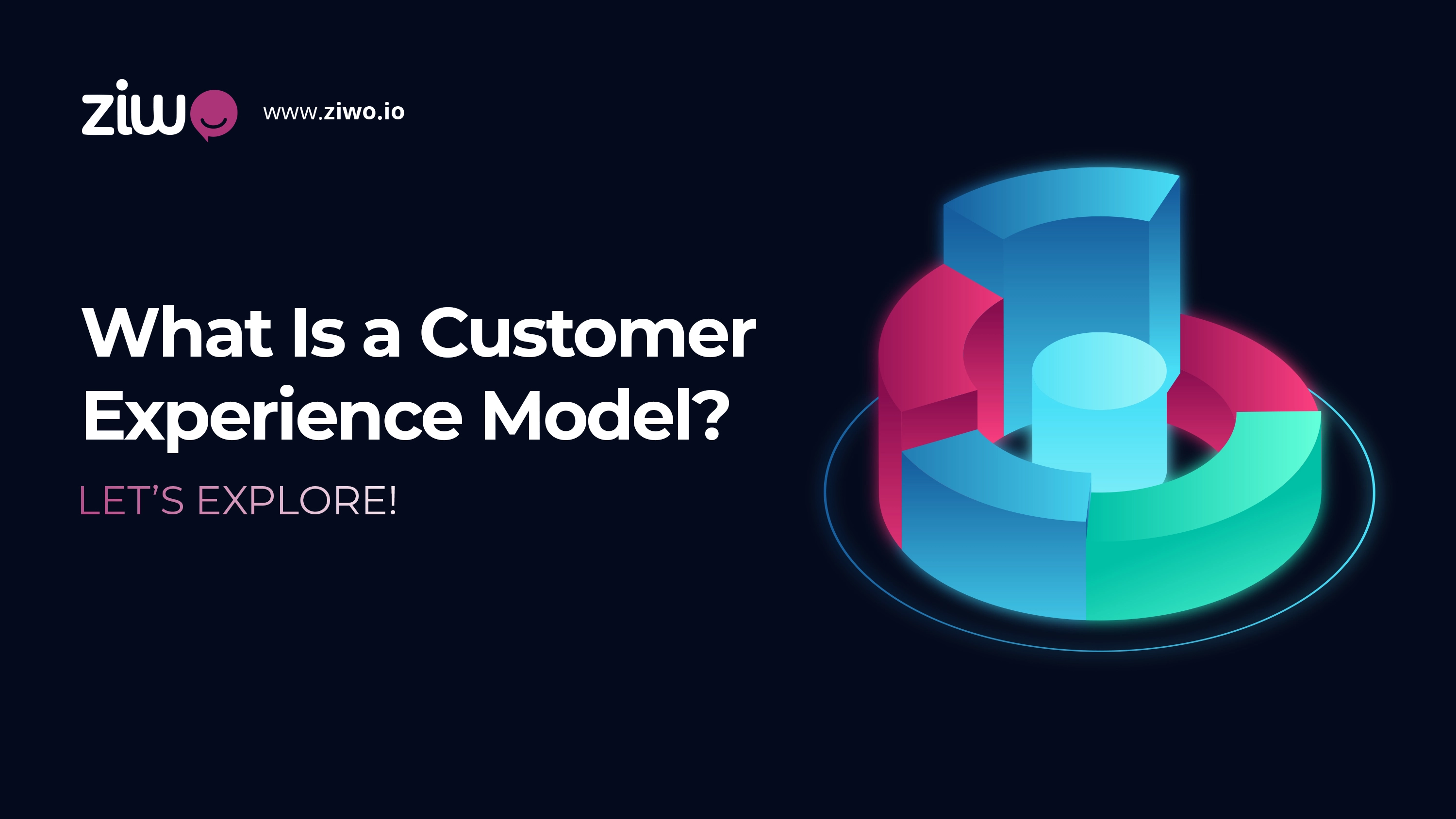
What is a Customer Experience Model?
Customer Experience Model Definition is a guide map that helps your business apply the values and competencies that are part of its culture in every customer touchpoint. It's a blend of what you believe your customers' personalities expect from the business and the unique value you aim to deliver.
Why did we describe the CX model as a map in specific? You'll know next!
Customer Experience Model Basic Components
A model in a business is like any engineering model or chemistry; it simulates a structure or a chemical equation that should be stable and fully balanced to achieve its goal. What are the components of a CX model that keep it consistent and coherent?
1- Customer Journey Mapping
Any journey has an origin point from which your customer starts. How do your customers reach you and get to know your business?
Gathering information about your target customers will help you know the best journey. If you know what your customers like and dislike, you'll build an incredible path that enables you to discover more about your customers' touchpoints and help them achieve their goals.
2- Touchpoint Management
It's applying the same qualities at every step to sustain the aimed reaction from customers, keeping the experience connected and stable. It's the component where you've already understood your customers' touchpoints and developed the processes based on them. What channels do your customers use in communication? What challenges do they meet while dealing with your business?
Research conducted by Harvard Business Review discovered that nearly three-quarters of consumers utilize multiple channels while shopping, highlighting the critical need for businesses to integrate these various touchpoints for a seamless customer experience.
3- Feedback Mechanisms
After discovering the customer path and interacting with the touchpoints, it's time for feedback! Determine the most suitable feedback-gathering and opinion-collection methods that align with your business brand and communication style.
Ensuring that the feedback is transparent and sincere is crucial. When customers are frank with you, they contribute to developing the business in the direction that keeps them loyal and retained.
The Importance of a Strong CX Model
What makes a strong CX model so important? In brief, the customer experience model is like a room thermostat that programs your customers' impressions to stay positive from when they navigate your website for the first time to when they seamlessly communicate with the after-sales service.
1- Enhanced Customer Satisfaction
Making the customers the baseline of every decision you make is key to maintaining their satisfaction. Providing a customer-centric experience starts with the surveys you do to collect standard information about your customers and the best product/service that suits them. Remember that customer satisfaction makes a business last, and other companies don't.
2- Increased Loyalty and Retention
Personalizing the customers' experience and reacting to their developing needs keep them loyal and drive them to recommend your business to friends and relatives.
Transparency in the relationship between your business and customers guarantees purchase repetition and loyalty. According to an article on Forbes, 94% of Customers Say Transparency Increases Loyalty.
3- Better Business Insights
The customer experience model doesn't benefit only the customers but also the processes and your business. You can highlight your customers' behaviors and preferences and develop a path relying on them.
Implementing a CX Model
Look for the gaps to ensure that every part of the business meets the customer experience model you apply.
1- Assessment
Assessing your current customer experience is essential to find the channels that need modification. It deals with every touchpoint and situation the customer might encounter in your business.
2- Planning
Like any other plan, you should ask yourself some questions:
- What do you need to modify or add to the customer experience? > Illustrate the goals
- Why do you need to achieve these goals? > The new results that will occur and the consequences that you'll avoid.
- How will you achieve these goals? > Techniques, methods, resources, and advanced tools you will use.
3- Training
Every part of your organization will contribute to achieving the updated vision. This means you must determine the skills and knowledge your team needs to acquire for fulfillment. Every member will have a role in delivering the best customer experience model.
4- Monitoring
The closed-loop cycle never ends. The CX model never becomes perfect, so you need to track it and monitor your business progress and the KPIs you've put in. That introduces the process of assessing again.
Deloitte CX Operating Model
Are you doing a good job with customer experience? No doubt you're not! A 2019 study by Deloitte discovered a large gap between customers' needs and businesses' delivery. This could result from the connectivity break between the customer and the business, insufficient data insights, or starting many projects simultaneously, leading to focus loss.
Here, we're not highlighting the why for this gap but, in fact, the method that Deloitte adopted to solve this problem.
1- Structures and Functions
What are the connection points between your business strategies and the CX? Check the functions and the sections that affect your customer experience. Determine the points that involve coordination and provide a seamless experience.
2- People and Talent
Keeping the business vision in progress comes from a comprehensive team whose individuals understand each other. So, select the right people you are confident share your beliefs and will stay as the business grows and see its vision accomplished. Development programs will reduce employee turnover rates, and the strategy will never get disrupted.
3- Governance and Power
Like any other ambitious idea, it needs a system to keep it under control. You need to determine a Rewards and Penalties System that meets the local regulations. This system should be applied in detail to make the team more committed to the CX model, not just by saying but by action.
4- Data and Systems
No success occurs without the right tools. Here, data is as important as financial resources. In this part, you should determine the advanced solutions that will manage data and make the most benefit from it.
CRM
Customer relationship management is software that helps sales reps organize the actions they should take with every lead. They can determine whom to follow up with and with whom to make a cold call. What emails should they send? And what office meetings should they conduct?
AI
AI is rising in every field, so it's no wonder that customer experience is one of these niches. Gartner has predicted that by the end of 2025, 80% of customer service will use some form of generative AI technology to bolster agent productivity and customer experience (CX).
Omnichannel Platforms
Customers should find your business available on every communication channel. That's why using an omnichannel contact center platform like ZIWO is necessary. It provides an integrated experience that makes you feel connected to your customers.
Abu Dhabi Program for Effortless Customer Experience
As a customer experience model, the Abu Dhabi Program features four main dimensions:
1- Direction
The main goal and destination of customer experience enables businesses in Abu Dhabi to utilize efforts and resources.
2- Design
Establishing a bespoke design lab ensures customers are satisfied with the deliverables.
3- Development
The gaps and the priorities that business owners consider enable the development and upgrading of policies and strategies.
4- Delivery
Customers receive services with zero effort; this can not happen without measurement. So, focusing on the customer effort score (CES) is key.
